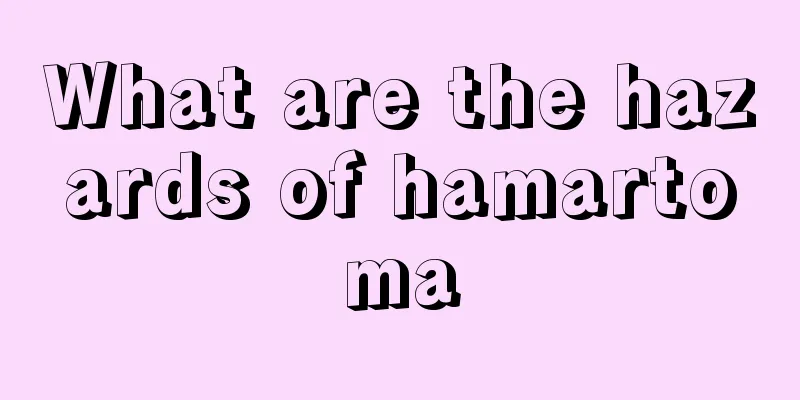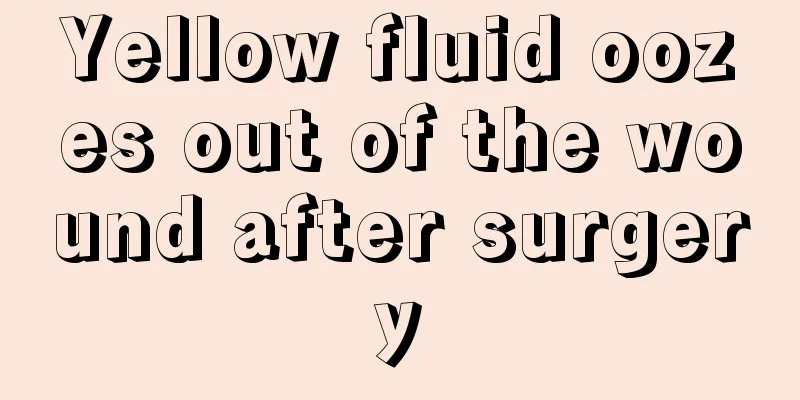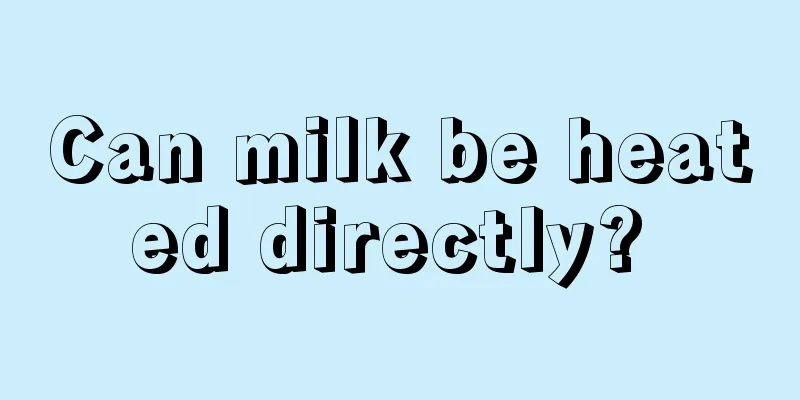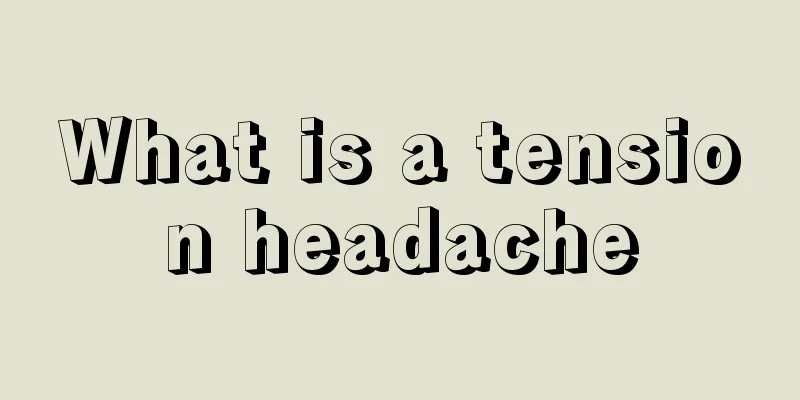Is the heart on the left or right side of the human body
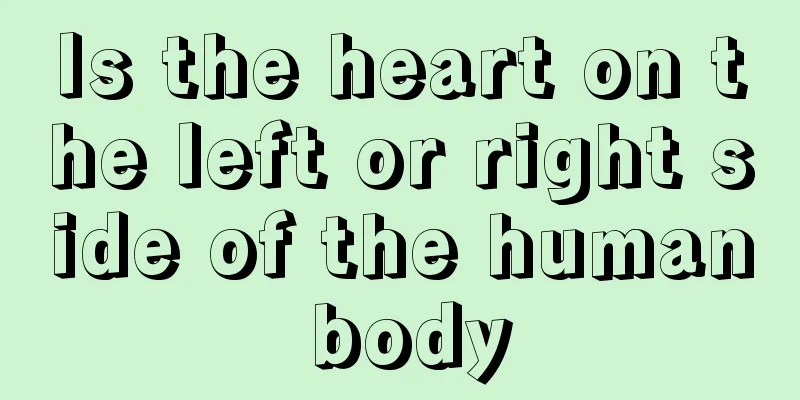
|
Traditional Chinese medicine believes that the heart is the master of the five internal organs, which confirms the important position of the heart in the human body. Now the heart is like the engine of the body, and the regular beating of the heart can maintain normal physiological activities. Generally speaking, the heart is located to the left of the center of the human body, but due to different human development, some people's hearts grow on the right side. As long as the physiological functions are normal, it will not cause harm to the human body. The heart is generally on the left side of the human body, occupying three quarters on the left side and one quarter on the right side. The heart is one of the most important organs in the vertebrate body. Its main function is to provide pressure for blood flow and circulate blood to all parts of the body. The human heart is located in the lower left middle of the chest cavity. It is about the size of a fist and weighs about 250 grams. Women's hearts are generally smaller and lighter than men's. The human heart is shaped like a peach and is located above the diaphragm, between the two lungs and slightly to the left. The heart is composed of myocardium, which consists of four chambers: the left atrium, left ventricle, right atrium, and right ventricle. The inner wall of the left ventricle is the thickest. These four chambers are the necessary pathways for systemic circulation and pulmonary circulation. The left and right atria and the left and right ventricles are separated by septa, so they are not connected to each other. There are valves (atrioventricular valves) between the atria and ventricles. These valves prevent blood from flowing from the atria to the ventricles and not flowing back. The function of the heart is to promote blood flow, provide sufficient blood flow to organs and tissues to supply oxygen and various nutrients, and take away the end products of metabolism (such as carbon dioxide, inorganic salts, urea and uric acid, etc.) so that cells maintain normal metabolism and function. Mammals and birds have two atria and two ventricles; reptiles also have two atria and two ventricles, but the two ventricles are not completely separated; amphibians have two atria and one ventricle; and fish have only one atrium and one ventricle. The heart is shaped like a peach. It is about the same size as an adult's fist and is approximately an inverted cone that is slightly flattened front to back, with its tip pointing to the lower left front and its base pointing to the upper right rear. The shape of the heart can be divided into the front, back, side, left edge, right edge and bottom edge (ie: one tip, one bottom, three sides and three edges). Posterior view of the heart 1. Apex of the heart: Towards the left front and lower side, located in the fifth intercostal space on the left side, 1 to 2 cm inside the midclavicular line. Terminology: The apex of the heart is formed by the left ventricle. Because the apex of the heart is close to the chest wall, the apex pulsation can often be seen or felt in the fifth intercostal space on the left side of the anterior chest wall. 2. Base of the heart: Towards the upper right rear portion, it is connected to the large blood vessels entering and exiting the heart and is the relatively fixed part of the heart. Terminology: Most of the heart base is made up of the left atrium, and a small part is made up of the right atrium. The four pulmonary veins are connected to the left atrium, and the superior and inferior vena cava open at the upper and lower parts of the right atrium respectively. Between the superior and inferior vena cava and the right pulmonary vein is the interatrial groove, which marks the posterior boundary between the left and right atria. 3. Three sides: If divided into two sides, the sternocostal surface (front) of the heart faces forward and upward, and most of it is composed of the right ventricle. The diaphragmatic surface (lower side) faces posteriorly and inferiorly, and is mostly composed of the left ventricle, which is close to the diaphragm. Divided into three sides: the front part of the heart is composed of the upper right atrial part, most of which is the right atrium, and the left atrial appendage only constitutes a small part of it; the lower left part is the ventricular part, 2/3 of which is the anterior wall of the right ventricle, and 1/3 is the left ventricle. It is attached to the diaphragm at the back and is mainly composed of the left ventricle. The side (left side) is mainly composed of the left ventricle, with only a small upper part composed of the left atrium. 4. Three edges: The right edge of the heart runs vertically downward and is composed of the right atrium. The left edge of the heart is blunt and round, mainly composed of the left ventricle and a small part of the left atrial appendage. The lower edge of the heart is nearly horizontal, composed of the right ventricle and the apex. Terminology: The right edge of the heart is a vertical blunt circle, composed of the right atrium, and its upward continuation is the superior vena cava. The left edge slopes downward, most of which is composed of the left ventricle, and a small part of the upper end is composed of the left atrial appendage. The wall of the left ventricle is thicker than that of the right ventricle because the left ventricle is connected to the aorta and the pressure in the aorta is high, so the wall of the left ventricle is thicker. 5. There are three grooves on the surface of the heart. The anterior and posterior interventricular grooves are the dividing lines between the left and right ventricles on the surface of the heart. There is a horizontal coronary sulcus near the bottom of the heart, which goes around the heart and is a landmark that separates the atria and ventricles on the outside of the heart. There are anterior and posterior interventricular grooves on the front and back of the heart, which are the boundaries between the surfaces of the left and right ventricles. On the surface of the heart, near the base of the heart, there is a transverse coronary groove that almost surrounds the heart, interrupted only by the beginnings of the aorta and pulmonary artery in the front. Above the groove are the left and right atria, and below the groove are the left and right ventricles. There is a shallow longitudinal groove on the front and back (lower) sides of the ventricle, extending from the coronary sulcus to slightly right of the apex. There is a shallow longitudinal groove on the front and back (lower) sides of the ventricle, extending from the coronary sulcus to slightly right of the apex, called the anterior and posterior interventricular grooves, respectively, which are the surface boundaries of the left and right ventricles. The normal positional relationship between the left atrium, left ventricle and the right atrium, right ventricle shows a slight right-to-left twist, that is, the right heart is biased to the upper right front and the left heart is biased to the lower left back. The heart is a hollow muscular organ with four chambers: the left and right atria are located in the upper posterior part, separated by the atrial septum; the left and right ventricles are located in the lower anterior part, separated by the ventricular septum. Under normal circumstances, due to the separation of the atrial and ventricular septum, the left and right halves of the heart do not communicate directly, but each atrium can connect to the ipsilateral ventricle through the atrioventricular orifice. The right atrium wall is thinner. Depending on the direction of blood flow, the right atrium has three entrances and one exit. The entrances are the superior and inferior vena cava orifices and the coronary sinus orifice. The coronary sinus ostium is the main entrance for coronary venous blood to return to the heart. The outlet is the right atrioventricular orifice, through which the right atrium transports blood to the right ventricle. The oval depression in the posterior and inferior part of the atrial septum is called the fossa ovalis, which is the remnant of the closure of the foramen ovale that connected the left and right atria during the embryonic period. The part of the upper part of the right atrium that protrudes to the left and front is called the right atrial appendage. The right ventricle has two entrances and exits. The entrance is the right atrioventricular orifice, and its edge is attached with three leaf-shaped valves, called the right atrioventricular valve (i.e. tricuspid valve). According to their position, they are called the anterior lobe, posterior lobe, and septal lobe respectively. The valve is perpendicular to the ventricular cavity and is connected to the papillary muscles on the ventricular wall by many thread-like chordae tendineae. The outlet is called the pulmonary artery orifice, and there are three semilunar valves around it, called pulmonary valves. The left atrium makes up most of the base of the heart and has four entrances and one exit. On both sides of the posterior wall of the left atrium, there is a pair of pulmonary vein openings, which are the entrances of the left and right pulmonary veins; at the front and lower part of the left atrium, there is the left atrioventricular opening, which leads to the left ventricle. The part of the left atrium that protrudes to the right front is called the left atrial appendage. The left ventricle has two inlets and outlets. The entrance is the left atrioventricular orifice, and the left atrioventricular valve (mitral valve) is attached to the periphery. According to their position, they are called the anterior valve and the posterior valve. They are also connected to the anterior and posterior papillary muscles by chordae tendineae respectively. The outlet is the aortic orifice, which is located in the upper right front of the left atrioventricular orifice, with a semilunar aortic valve attached to its edge. The atria and ventricles on the same side are connected. The four chambers of the heart are connected to different blood vessels: the left ventricle is connected to the aorta, the left atrium is connected to the pulmonary veins, the right ventricle is connected to the pulmonary arteries, and the right atrium is connected to the superior and inferior vena cava. |
<<: Occasionally there is a dull pain in the lower abdomen
>>: What to do if there are sticky stains on the bottom plate of the rice cooker
Recommend
Can a half-rotten tooth be repaired?
Tooth filling is very common in life. It is used ...
What is the liver function test
Now the importance of physical examinations is gr...
What is the specific method of Baizhu to remove freckles
Atractylodes is a common Chinese medicinal materi...
Will using lubricant affect pregnancy
Anyone who has had sexual experience should know ...
What stage is the lymph node metastasis of kidney cancer?
Renal cancer lymph node metastasis generally belo...
Brief analysis of the causes of nasopharyngeal carcinoma
According to the latest survey and research, the ...
Is black ceramic harmful to the body?
Nowadays, many families place some ceramic produc...
Bowel preparation methods before colon cancer surgery
Preoperative bowel preparation is very important ...
Tips on tuberculosis
Because tuberculosis is highly contagious, many p...
Bacterial infection but low white blood cell count
If a bacterial infection occurs and the white blo...
What are some tips for removing stains from white clothes?
A very clean and tidy white clothes will feel ver...
Treatment of rheumatoid arthritis
Rheumatoid arthritis is a very serious disease th...
It is best to take a bath every few days in winter
Many people do not take a bath frequently in wint...
My waist feels empty, what's going on?
Many people, especially men, feel empty around th...
What should I do if I feel like my stomach is full of gas?
Some of my friends must have had this feeling, th...

